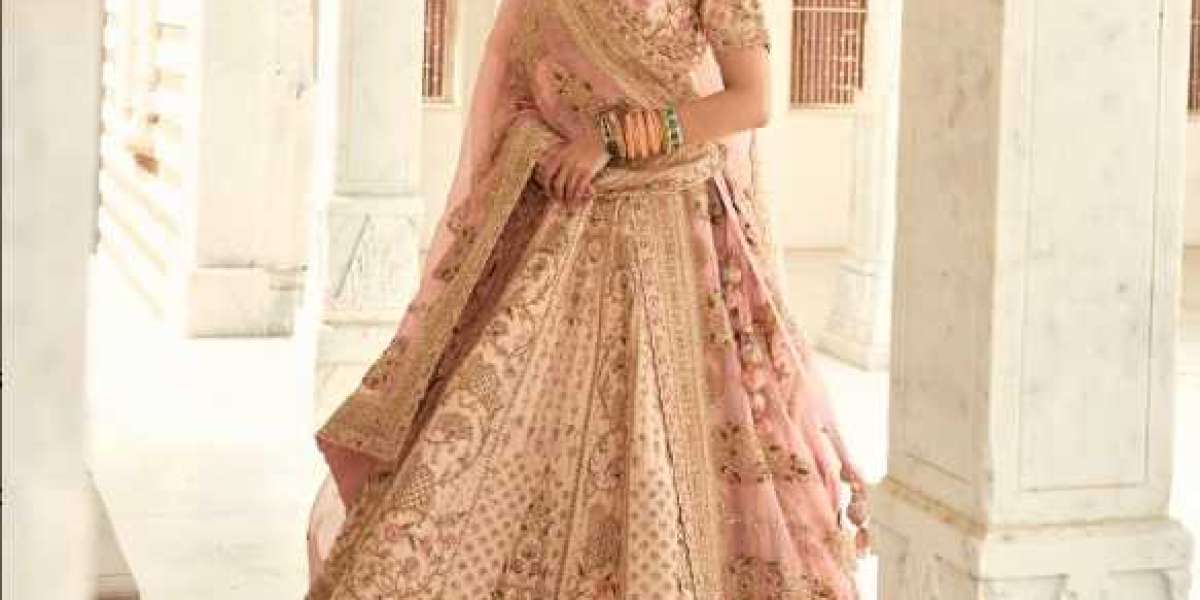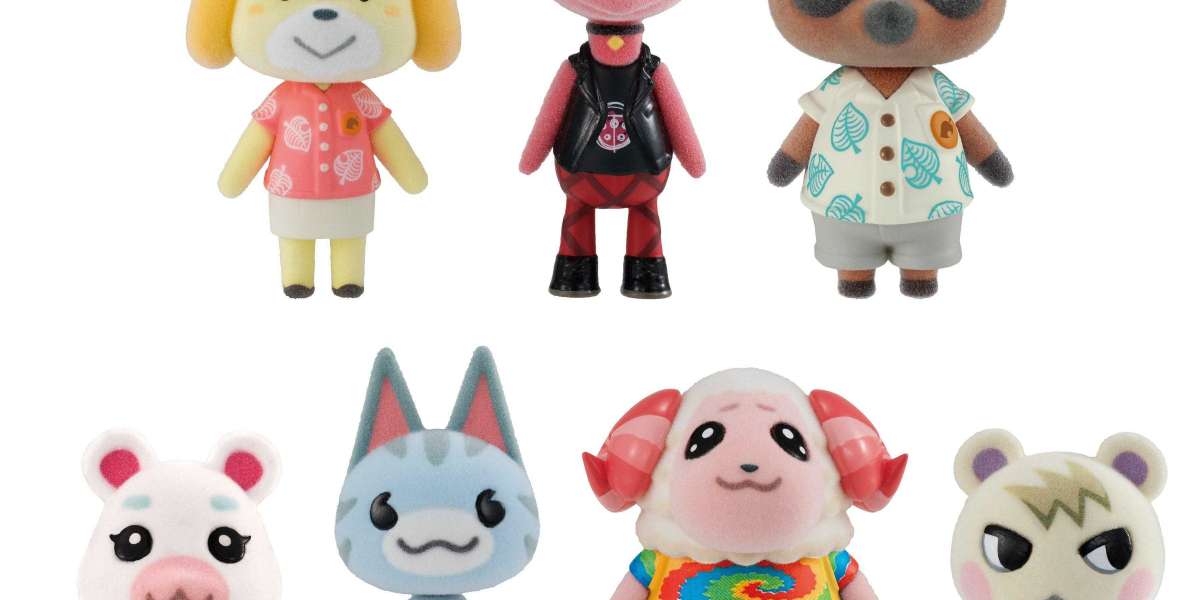Rajasthan, the land of kings, is renowned for its vibrant culture, grand palaces, and rich history. Among its many cultural treasures, the traditional attire, known as "Rajasthani Poshak," stands out for its vivid colors, intricate designs, and unique styles. This attire is not just clothing but a representation of the state's rich heritage and diverse craftsmanship. In this comprehensive exploration, we will delve into the various aspects of Rajasthani Poshak, including its history, types, craftsmanship, and its role in modern fashion.
Historical Significance
Rajasthani Poshak has deep historical roots, reflecting the state's regal past and its socio-cultural evolution. Historically, Rajasthan was a hub of various kingdoms and dynasties, each contributing to its cultural tapestry. The traditional attire evolved over centuries, influenced by the needs of the arid climate, local traditions, and the intricate tastes of royalty.
The Maharajas and Maharanis of Rajasthan were known for their opulent lifestyles and their love for fine clothing. Their attire was often adorned with precious jewels, gold, and silver threads, reflecting their wealth and status. This tradition trickled down to the common people, albeit in simpler forms, creating a distinct style that has endured through generations.
Types of Rajasthani Poshak
Rajasthani Poshak varies significantly across different regions of the state, each having its own unique style and elements. However, some common elements can be identified:
Ghagra Choli: This is perhaps the most recognizable form of Rajasthani Poshak. The Ghagra is a long, flowing skirt that reaches the ankles, often made from brightly colored fabrics and adorned with intricate embroidery or mirror work. The Choli is a fitted blouse that complements the Ghagra. Together, they create a stunning ensemble that is both elegant and comfortable.
Odhani or Dupatta: This is a long, scarf-like cloth that is draped over the head or shoulders. The Odhani is often made of lightweight fabrics like chiffon or georgette and is decorated with embroidery, sequins, and other embellishments. It adds a layer of grace and modesty to the outfit.
Kurta and Pajama: For men, the traditional attire often includes a Kurta, which is a long tunic, paired with Pajamas or Dhoti. These are usually made of cotton or silk and are designed to be comfortable in the hot climate.
Pagri (Turban): The Pagri or turban is an essential part of men's attire in Rajasthan. It comes in various styles and colors, each symbolizing different regions, communities, or occasions. The art of tying a turban is a skill passed down through generations.
Craftsmanship and Techniques
The making of Rajasthani Poshak involves various traditional techniques that have been preserved over centuries. These include:
Bandhani (Tie and Dye): This is one of the most famous techniques used in Rajasthani textiles. The fabric is tied in small knots and then dyed, creating intricate patterns and designs. The process is labor-intensive but results in stunning, vibrant fabrics.
Block Printing: Rajasthan is also known for its unique block printing techniques. Artisans carve intricate designs onto wooden blocks and then use these blocks to print patterns onto fabric. This method is particularly popular in regions like Sanganer and Bagru.
Zari and Gota Work: Zari involves weaving threads of gold or silver into the fabric, creating opulent designs. Gota work uses small pieces of gold or silver ribbon to create elaborate patterns. Both techniques add a touch of luxury to the attire.
Mirror Work: This involves attaching small pieces of mirror to the fabric, which reflects light and adds sparkle to the garment. Mirror work is often combined with embroidery to create beautiful, shimmering designs.
Regional Variations
The style and elements of Rajasthani Poshak can vary significantly from one region to another, each having its unique identity and charm.
Jaipur: Known for its pink sandstone buildings and royal heritage, Jaipur's traditional attire often features rich embroidery and vibrant colors. The Ghagra Choli here is often adorned with intricate Zari and Gota work.
Jodhpur: The "blue city" is famous for its distinctive Jodhpuri suit, a formal attire for men that includes a fitted coat and trousers. For women, the attire often includes tie-dye Bandhani fabrics and mirror work.
Udaipur: In this lake city, the traditional attire is characterized by its elegant and refined designs. The use of light, pastel colors and delicate embroidery is common.
Bikaner and Barmer: These regions are known for their heavy use of embroidery and bright, contrasting colors. The Poshak here is often adorned with traditional motifs and patterns.
Rajasthani Poshak in Modern Fashion
In recent years, Rajasthani Poshak has transcended its traditional boundaries and made its way into modern fashion. Designers are increasingly incorporating traditional elements into contemporary designs, creating a fusion that appeals to a global audience.
Fusion Wear: Modern designers are blending elements of Rajasthani Poshak with western silhouettes to create fusion wear. For example, a traditional Bandhani print may be used on a modern dress, or a Ghagra can be paired with a western-style top.
Bridal Wear: Rajasthani Poshak is a popular choice for bridal wear, not just in Rajasthan but across India. The intricate craftsmanship, luxurious fabrics, and vibrant colors make it perfect for weddings and other special occasions.
Fashion Shows and Exhibitions: Rajasthani textiles and designs are frequently showcased in fashion shows and exhibitions around the world. This has helped in bringing international recognition to the rich textile heritage of Rajasthan.
Celebrity Endorsements: Many celebrities and public figures have been seen wearing Rajasthani Poshak, further popularizing it. This has helped in making traditional attire trendy and fashionable among the younger generation.
The Role of Artisans and Craftspeople
The creation of Rajasthani Poshak is a labor of love, involving the skills and dedication of countless artisans and craftspeople. These artisans often work in small, family-run businesses or cooperatives, where traditional techniques are passed down through generations.
Preserving Traditions: Many artisans take great pride in preserving traditional methods and designs. They see their work as a way to keep their cultural heritage alive.
Economic Impact: The textile and handicraft industry is a significant part of Rajasthan's economy. It provides employment to thousands of people, especially in rural areas.
Challenges: Despite its popularity, the traditional craft sector faces several challenges, including competition from mass-produced goods, changing fashion trends, and a lack of support for artisans. However, initiatives by the government and various NGOs aim to support and promote these crafts.
Sustainability and Ethical Fashion
In recent years, there has been a growing emphasis on sustainability and ethical fashion, and Rajasthani Poshak fits well into this trend. Traditional techniques often use natural dyes and handmade processes, making them more environmentally friendly.
Eco-friendly Practices: Many artisans use natural dyes made from plants and minerals, which are less harmful to the environment compared to synthetic dyes. Additionally, the handmade nature of the textiles means less energy consumption.
Supporting Local Artisans: Buying traditional Rajasthani Poshak helps support local artisans and their communities. It ensures that these ancient crafts continue to thrive and that artisans are fairly compensated for their work.
Conclusion
Rajasthani Poshak is much more than just clothing; it is a symbol of Rajasthan's rich cultural heritage, artistic excellence, and vibrant traditions. From its historical roots to its modern adaptations, this traditional attire continues to captivate and inspire. As we move towards a more globalized world, the preservation and promotion of such cultural treasures become even more important. By embracing and celebrating Rajasthani Poshak, we not only honor the artisans who create these beautiful garments but also keep alive the legacy of Rajasthan's majestic past.
For more info:- leheriya sari












